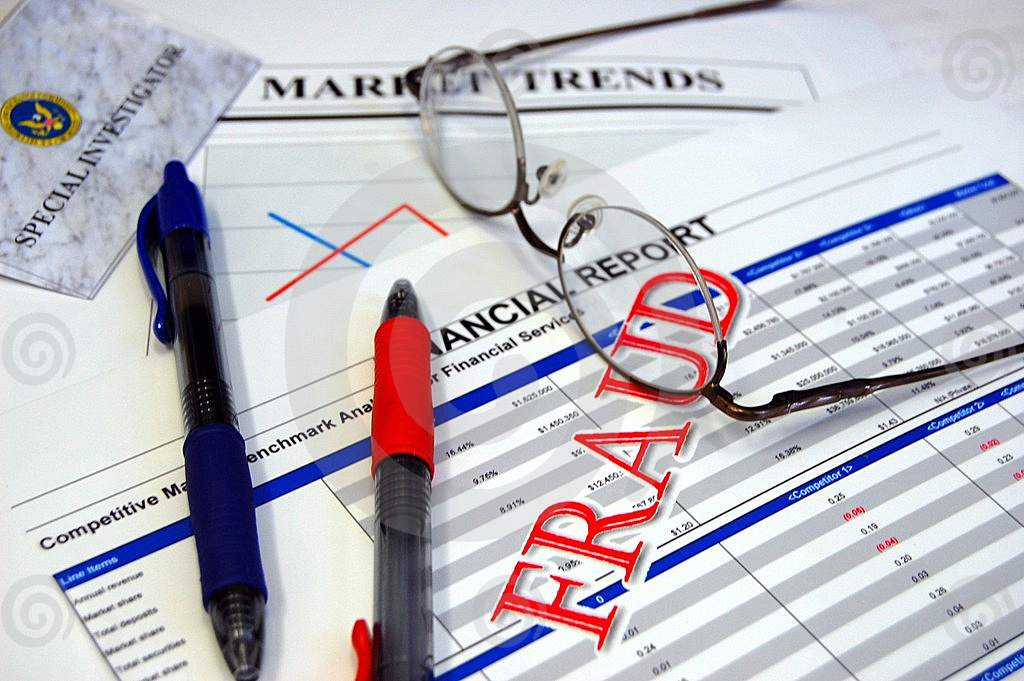Accounting
How to Recognize and Prevent Five Common Forms of Occupational Fraud
How can companies protect themselves from occupational fraud? Awareness is key. Here are five of the most common frauds, as well as steps you can take to identify and prevent them.
Dec. 22, 2023

By Kaitlin Accardi, CPA.
Occupational fraud, or fraud committed by individuals against the organizations that employ them, is often considered one of the most costly and common forms of financial crime. According to the Federal Trade Commission (FTC), the Consumer Sentinel Network received 2.4 million fraud reports in 2022. Furthermore, the Association of Certified Fraud Examiners’ 2022 Occupational Fraud report revealed that companies lose 5% of revenue to fraud each year on average – with an average loss per case of $1,783,000.
So, how can companies protect themselves from occupational fraud? Awareness is key. Below are five of the most common frauds experienced by organizations, as well as steps you can take to identify and prevent them.
Cash Misappropriation
Cash misappropriation occurs when an employee steals directly from a company. Common examples include unauthorized withdrawals, transfer of funds to personal accounts, pocketing cash receipts, stealing petty cash and writing checks to fake vendors. Warning signs of cash misappropriation may include frequent cash flow shortages, an increase in credit memos issued, significant outstanding accounts receivables (AR), unusual or new vendors and differences in bank reconciliations.
One of the primary ways companies can protect against cash misappropriation is through establishing proper oversight of employees who have access to bank information, record sales, accept and deposit cash receipts, reconcile bank accounts and enter/approve new vendors. Companies should also conduct regular reviews of AR aging and customer accounts, manual journal entries and vendor lists.
Corruption
Corruption is generally considered to be any action taken by an employee that is not made for the benefit of the company. For example, corruption might occur when an employee receives bribes from suppliers, gives discounts to friends or relatives, uses company property for personal use or hires friends or relatives to perform work at special rates. Excessive or frequent invoices received from a vendor for services that are not necessary or did not occur, frequent discounts issued to certain vendors or customers and unusual fraternizing with vendors or contractors may be indicative of corruption.
Companies can help limit corruption by establishing documented policies and procedures over conflicts of interest, vendor/contractor selection and approval processes for purchases and payments. Furthermore, these policies and procedures should be regularly enforced.
Financial Statement Manipulation
Manipulation of financial statements is another common form of fraud. This manipulation may include inflating assets, revenue or net worth as well as minimizing the appearance of debt or expenses. To identify financial statement fraud, look for significant fluctuations or lack of movement in balance sheet or income statement line items year over year despite known market trends or events and unusual journal entries.
To identify financial statement fraud, organizations should conduct variance analyses, benchmarking and regular review of financial statements. In addition, as with all forms of fraud, segregation of duties and oversight of individuals with access to the general ledger are key to mitigating manipulation.
Inappropriate Personal Spending/Expense Reimbursement
This form of asset misappropriation refers to when an employee uses company credit cards and/or funds for personal expenses, submits expense reimbursement requests for non-business related purchases or makes purchases in excess of normal spending policies.
Every employee who has a company credit card is at risk of using the card for personal purchases. As a result, companies should be mindful of common personal purchases that could be disguised as business expenses including dining, hotel stays and gas. Companies should also stay vigilant regarding expense reimbursements for additional travel expenses an employee purchased for their own benefit such as extended hotel stays after a conference, extravagant accommodations and flight upgrades. Establishing spending policies and procedures, placing spending limits on credit cards and holding employees accountable for submitting all receipts before the balance is paid minimizes risk.
Payroll fraud
This type of fraud occurs when a person is inappropriately compensated for work or services they did not perform. Examples include inaccurate timesheets, unauthorized rate increases or bonuses and sending money to non-existent or duplicate employees. Duplicate employee information, significant fluctuations in payroll expenses over pay periods, excess overtime hours logged and employees appearing to live beyond their means are all warning signs of payroll fraud.
A lack of controls in the payroll process can contribute to this type of fraud. As a result, organizations should consider segregating duties in the payroll process. This may include comparing actual payroll to pre-approved payroll registers before submission, allowing for proper chain of approval for all employee changes made, such as pay increases and bonuses, regularly reviewing active employee lists and current pay rates, and implementing supervisor and management review of employee time sheets.
=====
Kaitlin Accardi is a CPA and manager in The Bonadio Group’s Advisory & Consulting Group. She specializes in the fraud and forensic services, assisting both private and corporate clients in areas of litigation, divorce, financial exploitation, fraud risk and more. Prior to her work in forensics, Kaitlin has several years’ experience in financial assurance, servicing a variety of small businesses and industries.
